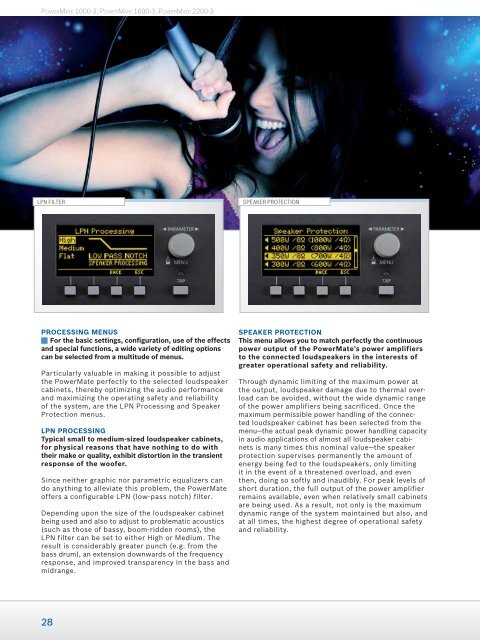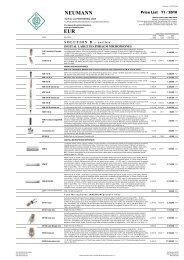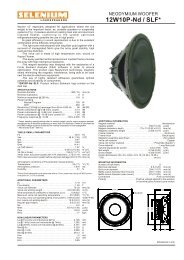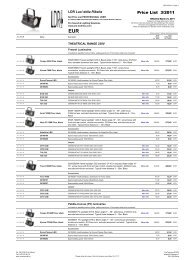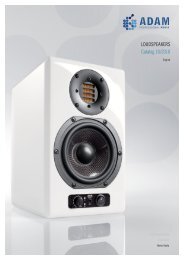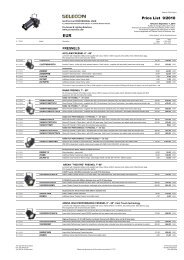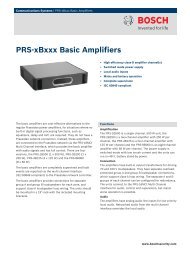Mixer & Powermixer - Musicworld.bg
Mixer & Powermixer - Musicworld.bg
Mixer & Powermixer - Musicworld.bg
You also want an ePaper? Increase the reach of your titles
YUMPU automatically turns print PDFs into web optimized ePapers that Google loves.
POWERMATE 1000-3, POWERMATE 1600-3, POWERMATE 2200-3<br />
LPN FILTER SPEAKER PROTECTION<br />
PROCESSING MENUS<br />
For the basic settings, confi guration, use of the effects<br />
and special functions, a wide variety of editing options<br />
can be selected from a multitude of menus.<br />
Particularly valuable in making it possible to adjust<br />
the PowerMate perfectly to the selected loudspeaker<br />
cabinets, thereby optimizing the audio performance<br />
and maximizing the operating safety and reliability<br />
of the system, are the LPN Processing and Speaker<br />
Protection menus.<br />
LPN PROCESSING<br />
Typical small to medium-sized loudspeaker cabinets,<br />
for physical reasons that have nothing to do with<br />
their make or quality, exhibit distortion in the transient<br />
response of the woofer.<br />
Since neither graphic nor parametric equalizers can<br />
do anything to alleviate this problem, the PowerMate<br />
offers a configurable LPN (low-pass notch) filter.<br />
Depending upon the size of the loudspeaker cabinet<br />
being used and also to adjust to problematic acoustics<br />
(such as those of bassy, boom-ridden rooms), the<br />
LPN filter can be set to either High or Medium. The<br />
result is considerably greater punch (e.g. from the<br />
bass drum), an extension downwards of the frequency<br />
response, and improved transparency in the bass and<br />
midrange.<br />
28<br />
SPEAKER PROTECTION<br />
This menu allows you to match perfectly the continuous<br />
power output of the PowerMate’s power amplifiers<br />
to the connected loudspeakers in the interests of<br />
greater operational safety and reliability.<br />
Through dynamic limiting of the maximum power at<br />
the output, loudspeaker damage due to thermal overload<br />
can be avoided, without the wide dynamic range<br />
of the power amplifiers being sacrificed. Once the<br />
maximum permissible power handling of the connected<br />
loudspeaker cabinet has been selected from the<br />
menu—the actual peak dynamic power handling capacity<br />
in audio applications of almost all loudspeaker cabinets<br />
is many times this nominal value—the speaker<br />
protection supervises permanently the amount of<br />
energy being fed to the loudspeakers, only limiting<br />
it in the event of a threatened overload, and even<br />
then, doing so softly and inaudibly. For peak levels of<br />
short duration, the full output of the power amplifier<br />
remains available, even when relatively small cabinets<br />
are being used. As a result, not only is the maximum<br />
dynamic range of the system maintained but also, and<br />
at all times, the highest degree of operational safety<br />
and reliability.


